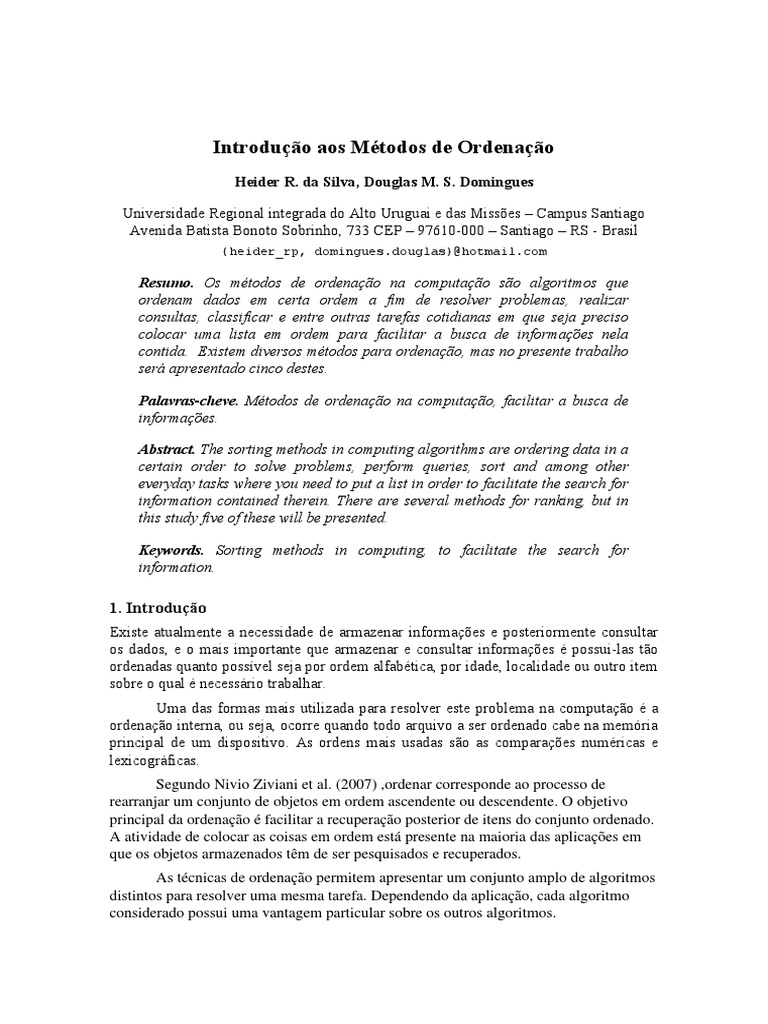Metabolites, Free Full-Text
Por um escritor misterioso
Last updated 31 dezembro 2024
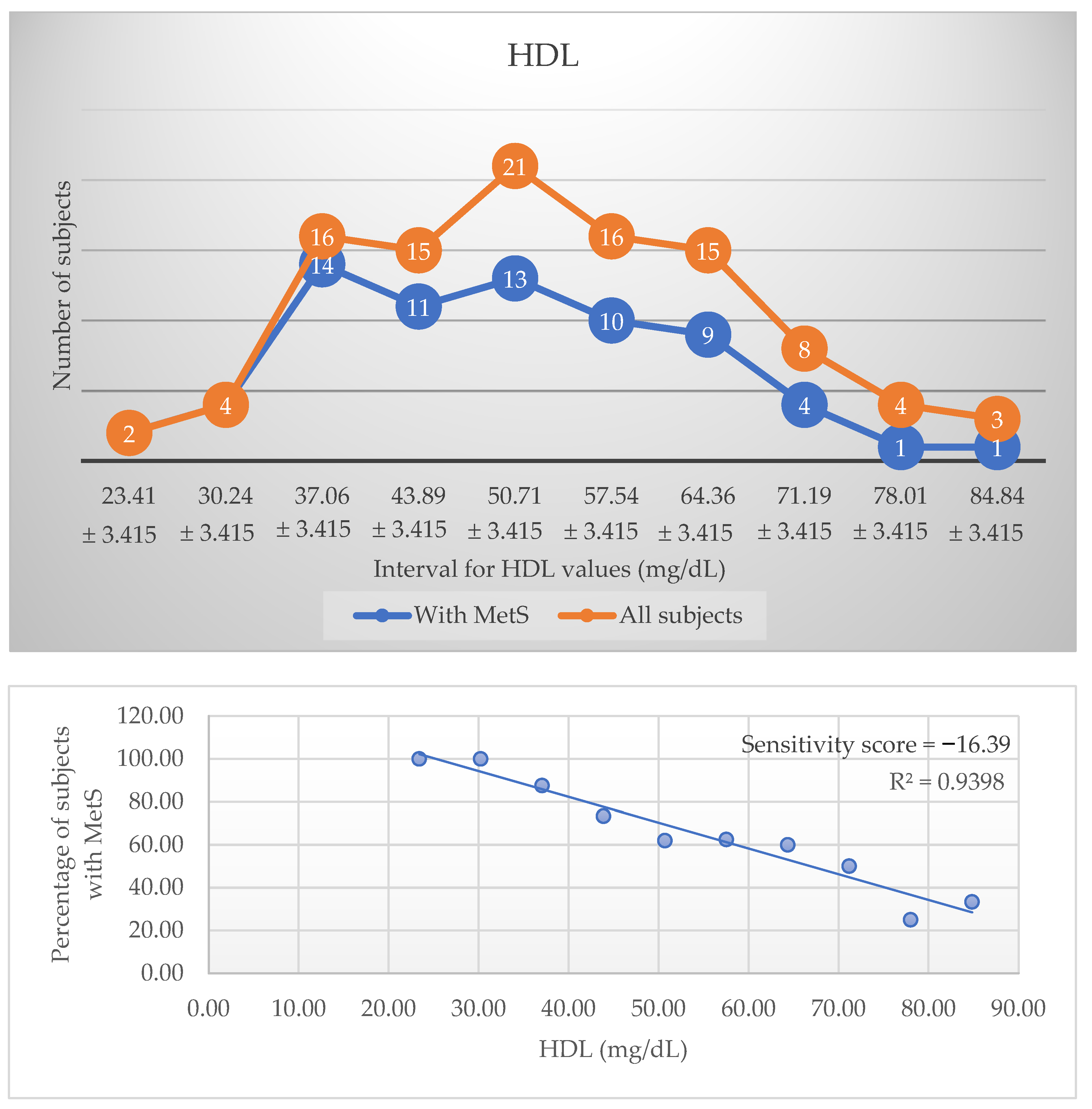
This research focused on establishing a hierarchy concerning the influence of various biological markers and body composition parameters on preventing, diagnosing and managing Metabolic Syndrome (MetS). Our cross-sectional cohort study included 104 subjects without any atherosclerotic antecedent pathology, organized in two groups (with and without MetS). All participants underwent clinical and anthropometric measurements, DEXA investigation and blood tests for all MetS criteria, together with adiponectin, leptin, insulin, uric acid and CRP. Based on mathematical logic, we calculated a normalized sensitivity score to compare the predictive power of biomarkers and parameters associated with MetS, upon the prevalence of MetS. Patients with MetS report higher levels of uric acid (p = 0.02), CRP (p = 0.012) and lower levels of adiponectin (p = 0.025) than patients without MetS. The top three biological markers with the highest predictive power of the prevalence of the disease are HDL, insulin, and adiponectin:leptin ratio, and the top three body composition parameters are trunk fat-free percentage, waist-height ratio and trunk fat percentage. Their high sensitivity scores differentiate them from all the other markers analysed in the study. Our findings report relevant scores for estimating the importance of cardiometabolic risks in the prevalence of MetS. The high rank of protective markers, HDL and trunk fat-free percentage, suggest that positive effects have a stronger association with the prevalence of MetS, than negative ones do. Therefore, this risk stratification study provides important support for prevention and management programs regarding MetS.
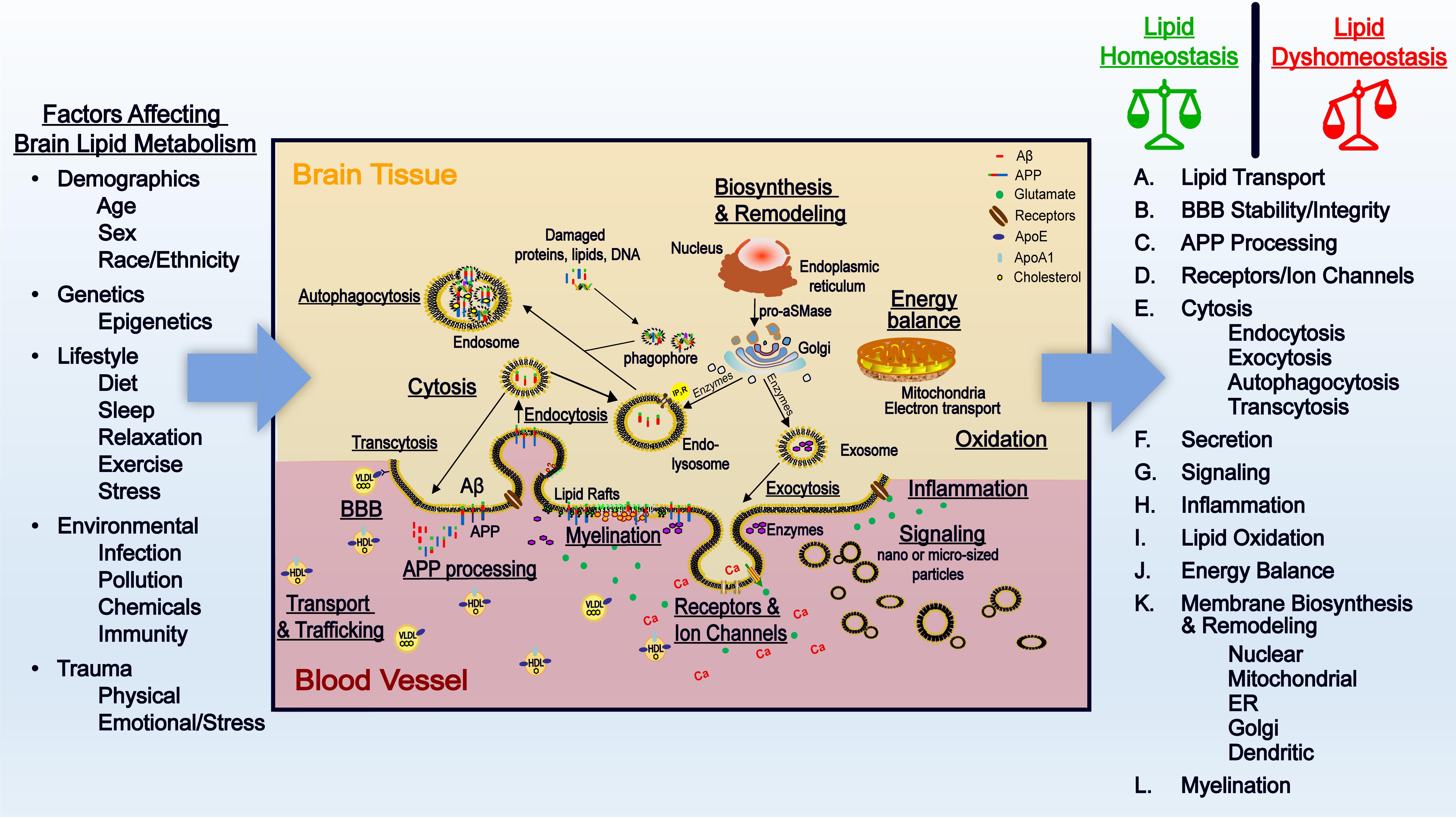
Frontiers Involvement of Lipids in Alzheimer's Disease Pathology and Potential Therapies
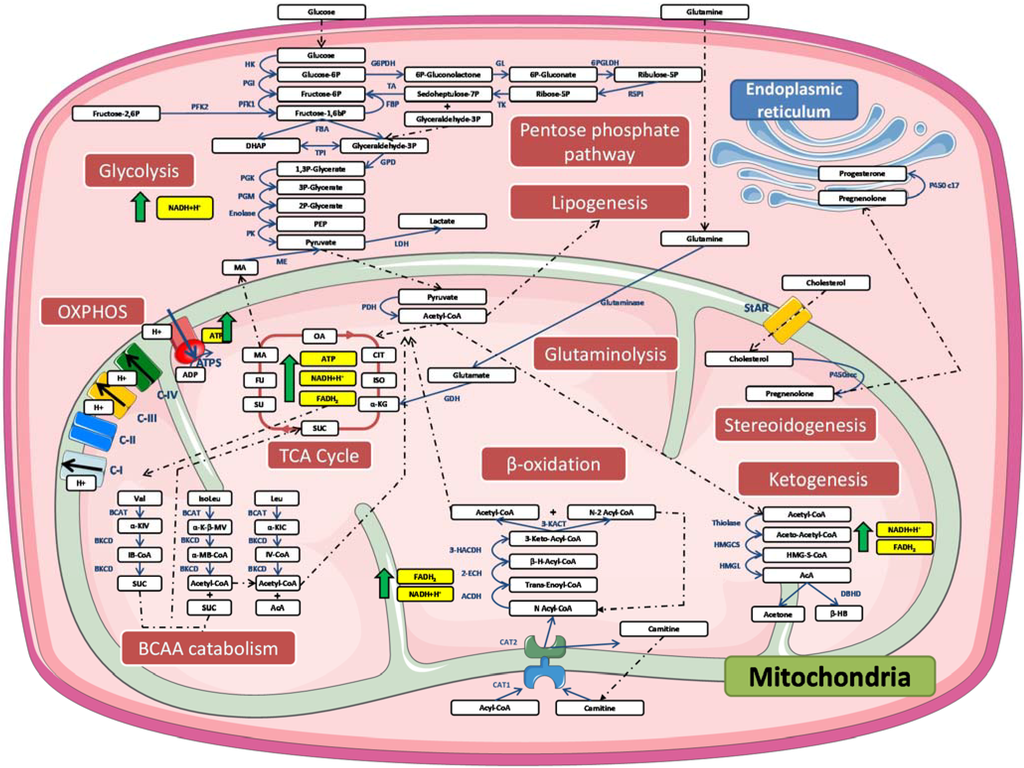
Metabolites, Free Full-Text

Ketoconazole beyond antifungal activity: Bioinformatics‐based hypothesis on lipid metabolism in dandruff and seborrheic dermatitis - Goularte‐Silva - 2022 - Experimental Dermatology - Wiley Online Library

Analytical Strategies for Assessment of Human Metabolites in Preclinical Safety Testing

Multi-omics-based label-free metabolic flux inference reveals obesity-associated dysregulatory mechanisms in liver glucose metabolism - ScienceDirect

PDF) Absorption rates and free radical scavenging values of vitamin C-lipid metabolites in human lymphoblastic cells

File:Metabolism 790px.png - Wikipedia
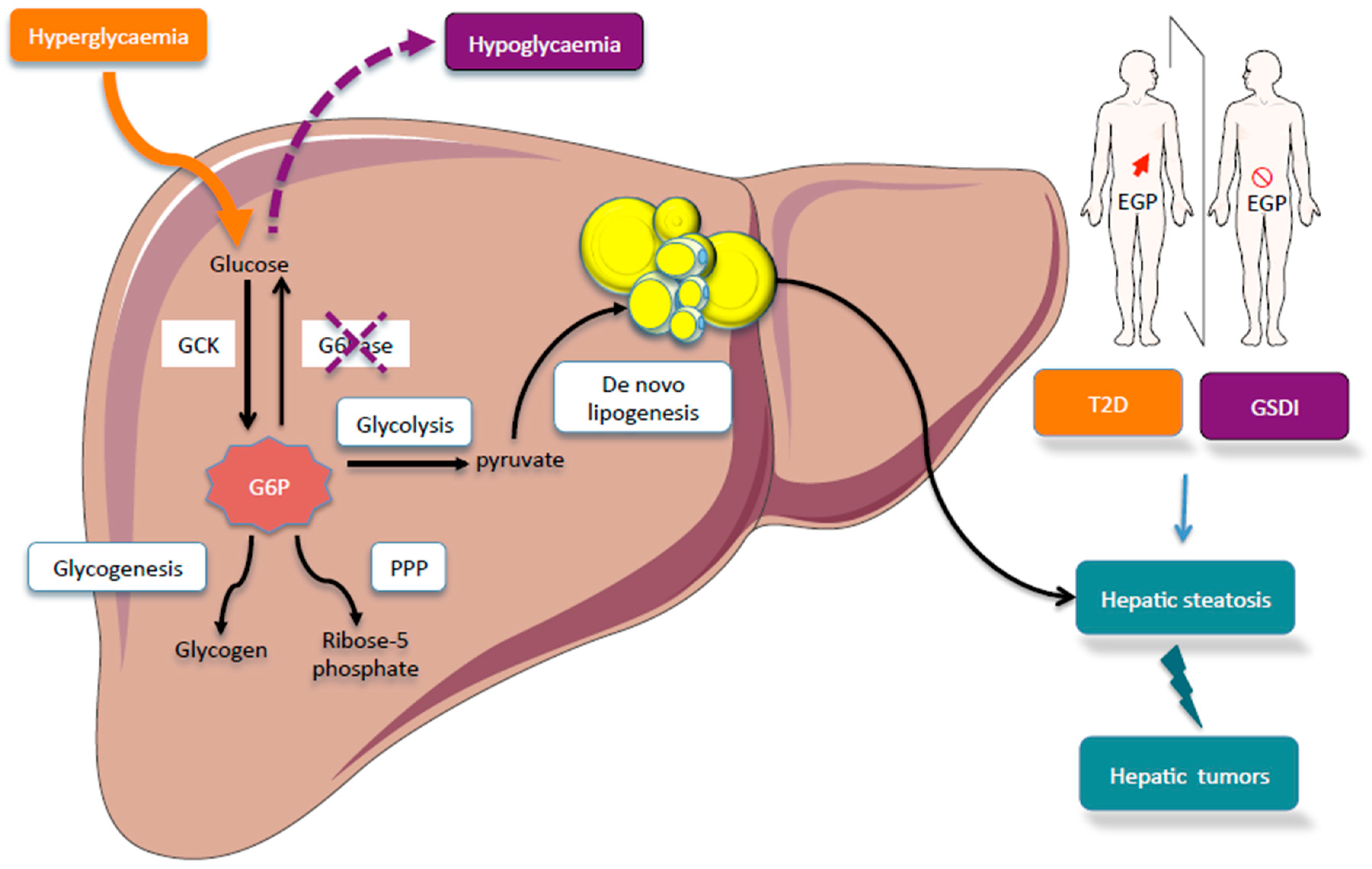
Metabolites, Free Full-Text

Pseudomonas chlororaphis PA23 metabolites protect against protozoan grazing by the predator Acanthamoeba castellanii [PeerJ]

A coarse-grained NADH redox model enables inference of subcellular metabolic fluxes from fluorescence lifetime imaging

Estimation of Fraction Metabolized by Cytochrome P450 Enzymes Using Long-Term Cocultured Human Hepatocytes
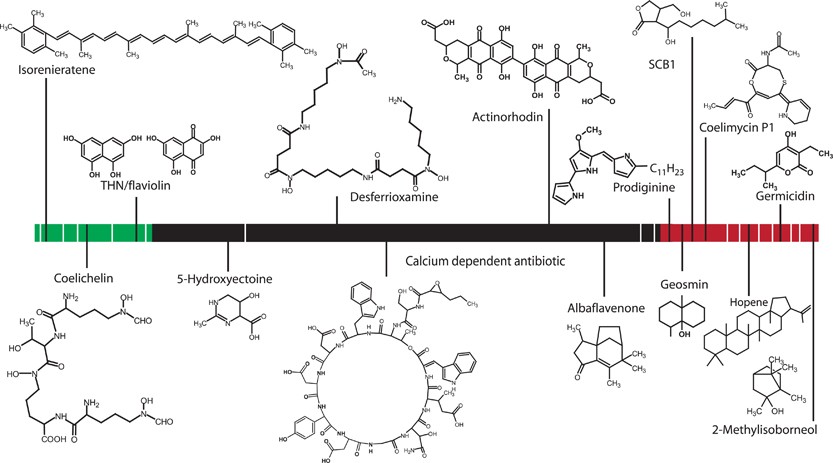
Towards a new science of secondary metabolism
Recomendado para você
-
How to Play Minecraft with Friends31 dezembro 2024
-
 Digital 14th Birthday Invitation 14th Birthday Electronic31 dezembro 2024
Digital 14th Birthday Invitation 14th Birthday Electronic31 dezembro 2024 -
DATA Detection Technologies LTD.31 dezembro 2024
-
 ICQ – stay connected31 dezembro 2024
ICQ – stay connected31 dezembro 2024 -
SKCL31 dezembro 2024
-
 Names of Allah Coloring Book 2022 - 2023: 99 names of Allah | Meaning and Explanation | Fantastic Islamic Books For Muslim Kids, Toddlers, Boys31 dezembro 2024
Names of Allah Coloring Book 2022 - 2023: 99 names of Allah | Meaning and Explanation | Fantastic Islamic Books For Muslim Kids, Toddlers, Boys31 dezembro 2024 -
 Interwoven Congregations Quarterly31 dezembro 2024
Interwoven Congregations Quarterly31 dezembro 2024 -
 A Call To Reframe US Intelligence Analysis And US National Security31 dezembro 2024
A Call To Reframe US Intelligence Analysis And US National Security31 dezembro 2024 -
 LinkedIn Profile Tips: 18 Research-Backed Ways to Stand Out Professionally31 dezembro 2024
LinkedIn Profile Tips: 18 Research-Backed Ways to Stand Out Professionally31 dezembro 2024 -
 ICQ Messenger Introduces Group Video Calls31 dezembro 2024
ICQ Messenger Introduces Group Video Calls31 dezembro 2024
você pode gostar
-
Meu código secreto para Filmes de Natal 🤫🤫🤫 Não conta pra31 dezembro 2024
-
Introdução Aos Métodos de Ordenação, PDF31 dezembro 2024
-
 Jotaro Kujo Part 6 by EpithetSoup on Newgrounds31 dezembro 2024
Jotaro Kujo Part 6 by EpithetSoup on Newgrounds31 dezembro 2024 -
 Slavia Prague ultras target Rangers star Glen Kamara with disgusting racist banner31 dezembro 2024
Slavia Prague ultras target Rangers star Glen Kamara with disgusting racist banner31 dezembro 2024 -
 Blue Lock Anime's Character Promo Video Highlights Yoichi Isagi - News - Anime News Network31 dezembro 2024
Blue Lock Anime's Character Promo Video Highlights Yoichi Isagi - News - Anime News Network31 dezembro 2024 -
 Gabriela Marchioro - Angry Birds 2, Splash Art I31 dezembro 2024
Gabriela Marchioro - Angry Birds 2, Splash Art I31 dezembro 2024 -
 Ajin - Capítulo 12 - MangaYabu! - Leitor Online em Português31 dezembro 2024
Ajin - Capítulo 12 - MangaYabu! - Leitor Online em Português31 dezembro 2024 -
 Joeschmo's Gears and Grounds: Mahoutsukai Reimeiki - Episode 3 - Holt Jumps Up31 dezembro 2024
Joeschmo's Gears and Grounds: Mahoutsukai Reimeiki - Episode 3 - Holt Jumps Up31 dezembro 2024 -
 Jiafei & CupcakKe - PAPI JUDAS31 dezembro 2024
Jiafei & CupcakKe - PAPI JUDAS31 dezembro 2024 -
 Top 5 tựa game kinh doanh miễn phí có trên điện thoại31 dezembro 2024
Top 5 tựa game kinh doanh miễn phí có trên điện thoại31 dezembro 2024



